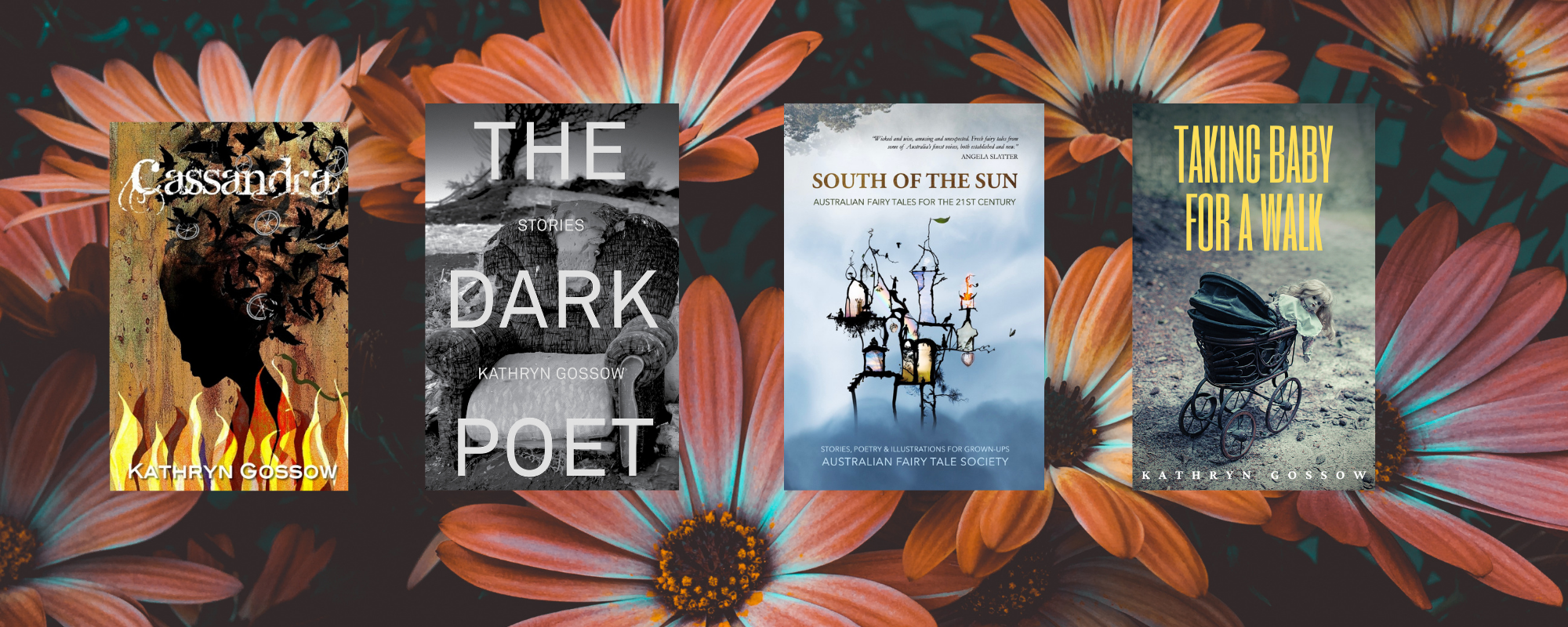 Don’t expect hard science here. I do not have a good relationship with science. Mostly because of a science teacher who mumbled. Old Ernie was not the most exciting of educators.
Don’t expect hard science here. I do not have a good relationship with science. Mostly because of a science teacher who mumbled. Old Ernie was not the most exciting of educators.
At GenreCon, back in November last year, I attended a workshop run by Charlotte Nash entitled “The Neuroscience of Reading and How it Makes you a Better Writer.” Charlotte Nash is romance novelist and is doing her PhD on how neuroscience can inform creative writing.
I have pondered why ‘we’ like to read frightening books. Why do we like to read books that make us cry? Why do we like to read books that make us feel? They are big philosophical questions. Neuroscience can’t tell us why, but I think it can tell us how.
I am going to simplify this in a way that would probably send a scientist wild, but this is how I understood the neuroscience of reading.
When we read we embody the words. I understand this to mean we understand the words with our body and our mind. When we read “smells like cinnamon”, the part of our brain that lights up when we actually smell cinnamon will light up. When we read that a character is running, the part of our brain that would prepare to run lights up.
It follows that “effective” writing will spark our senses – literally in our brains – and we will embody the fear, grief and excitement and become part of the story. It is the careful word choices that give the story texture and depth. I wonder if – at least for me – this is the difference between a fast-moving plot that takes me nowhere and a slower plot where I feel every nuance.
This might tell us how we engage with words and stories when we read – what our brain does but not why. I think it is because we get to have the feelings but we don’t have to pay for them. We can be frightened and still be safe. We can feel grief without loss. We can fight the battles without the battle scars. It’s truly magical when you think about it.

What a lovely way to look at it!
good to read your take on our engagement with words and stories when we read. interesting stuff.